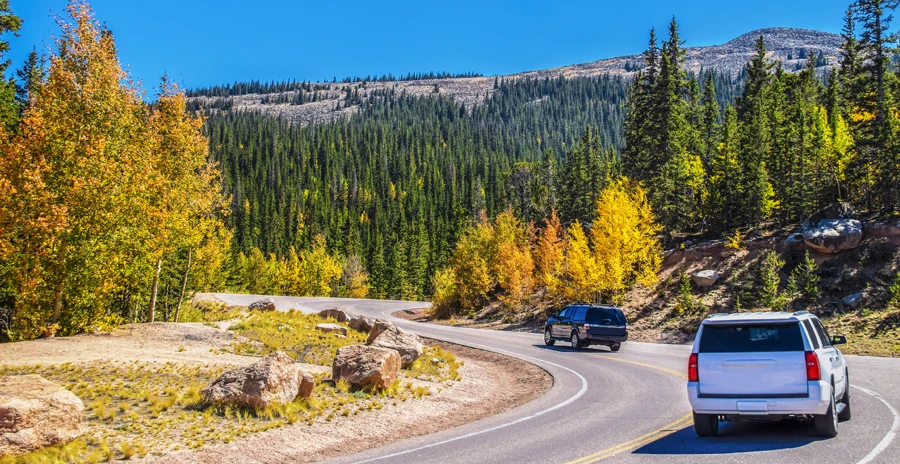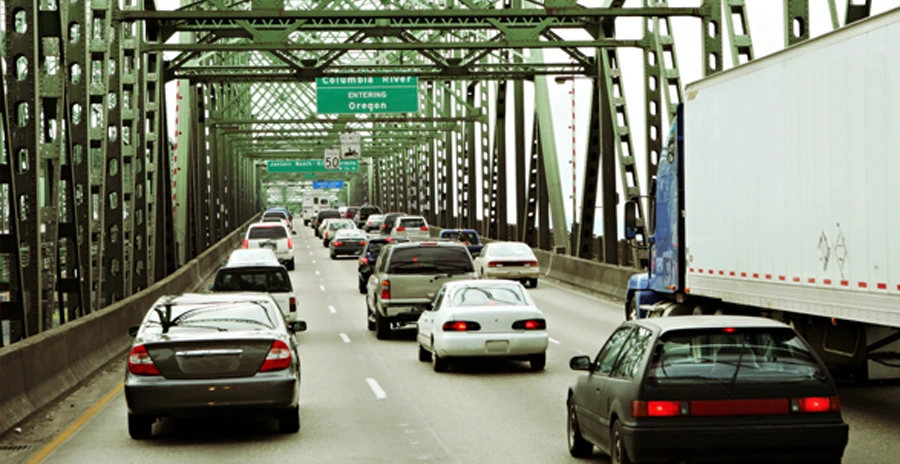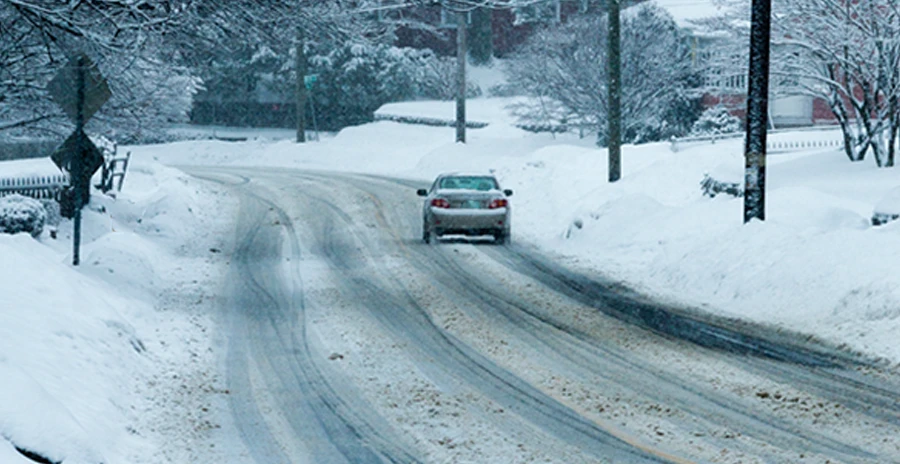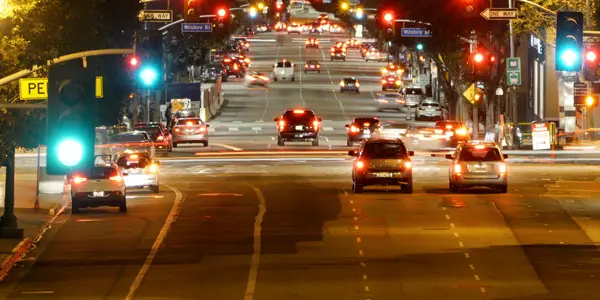How to Extend the Life of Your Car Brakes
The longer the brakes on your car or truck last, the more you’ll save in repairs. Plus, extending the life of your brakes can help keep you and your family safe. With some quick driving and maintenance tips, you can enjoy longer-lasting brakes. Here’s how.

Why Your Brakes Wear Down
There are some clear signs that indicate a need for brake servicing, including vibrations, bad smells, as well as squealing, squeaking, or grinding noises. To slow your brake wear, pay attention to your driving habits, vehicle load, driving conditions, and the quality of brake components.
- Driving Habits: Aggressive braking and stop-and-go traffic can increase brake wear.
- Vehicle Load: Heavier loads may put more strain on brakes.
- Driving Conditions: Hilly terrain and adverse weather can cause your brakes to wear more quickly.
- Brake Components: The quality of brake pads and fluid condition can affect the lifespan of your brakes.

Plan Ahead: Anticipate Stops and Slowdowns
Anticipate Stops
Instead of stomping on the brakes just before a stop sign, traffic light, or turn, slow down well in advance. This allows the engine to do some of the braking work, reducing wear and tear and possibly prolonging the life of your brakes.
Highway Driving
On the highway, lift your foot off the gas pedal as soon as you see brake lights ahead. Coasting to reduce speed can minimize the need for heavy braking and add to the lifespan of those brakes.

Use the Right Braking Method in the Mountains
Downhill Driving on Dry Pavement
When driving downhill, use lower gears to help control your speed. Select a gear that allows you to maintain a safe speed and apply the brakes intermittently with light pressure for about five seconds. This method lets the engine assist in braking, reducing the load on your brakes.
Benefits of Engine Braking
Riding the brakes down a long hill generates friction (which creates the stopping power you need). It also creates heat as your brake pads are in constant contact with the rotor. The longer the hill, the more friction and heat you generate, and the greater the wear on all brake system components — pads, shoes, fluid, brake calipers, rotors or drums and hoses. Using engine braking (shifting down) balances the wear between your transmission and brakes, allowing your brake system to cool.
Safety in Icy or Slick Conditions
In icy or slick conditions, start at the top of the hill as slowly as possible and maintain a significant distance from the vehicle ahead. When braking, keep your car in normal drive gear and use light, steady pressure on the brake pedal. This allows your anti-lock braking system (ABS) to engage if you lose traction, maintaining control and minimizing the risk of sliding.
Follow the Three-Second Rule for Safe Following Distance
Maintain Adequate Distance
Pick a stationary object even with the car in front of you, such as a sign or building. Count to three as you pass it. If you reach the object before you finish counting, increase the distance between you and the car ahead. This minimizes the amount you need to slam on the brakes in heavier traffic, helping preserve your brakes as much as possible.
Benefits of Defensive Driving
Maintaining a safe following distance reduces the need for frequent braking, which can help extend the life of your brake pads. Defensive driving minimizes stop-and-go traffic's impact on your brakes, leading to longer brake pad life.
Additional Tips to Extend Brake Life
Invest in Quality Brake Pads
High-quality brake pads may cost more initially but could last longer and perform better. The professionals at Les Schwab can show you all of your options.
Lighten Your Load
Avoid carrying unnecessary weight in your vehicle. A lighter load reduces the strain on your brakes and improves gas mileage or range to save you money.
Regular Brake Fluid Flushes
Flush your brake fluid every two years or 25,000 miles to prevent moisture buildup and internal corrosion. This quick bit of maintenance can help avoid brake system failure. Your local Les Schwab has been working on brakes and braking systems for decades and can get your brake fluid flushed fast.
Professional Brake Inspections
Good working brakes are essential. If your brakes are grinding, squealing, vibrating, or pulling your vehicle to one side, get them checked at Les Schwab with a free visual brake check. Our service professionals will take a look and tell you exactly what they find. If your brakes don’t need any work, they’ll let you know and send you on your way. If your brakes do need some attention and service, they’ll show you all of your options along with a free cost estimate.
Save Your Brakes: Drive Smart
Even with normal wear and driving, your brake pads, shoes, drums, and rotors all need servicing and repairs eventually. Driving defensively and maintaining regular brake checks can extend their life and save you money. If you notice any issues or dashboard indicators, get your brakes checked at Les Schwab. Drive smart and extend the lifespan of your brakes.
What you need to know

Why Your Brakes Squeak, Squeal, and Grind - And What to Do About It
Squeaking, squealing, and grinding brakes aren’t something to ignore. See what these sounds can mean for your safety with some insights from Les Schwab.

Complete Guide to Brake Pads: Lifespan and Replacement Warning Signs
Discover how to extend brake pad life and identify timely replacements for enhanced road safety with our definitive guide.

Should You Replace All Four Pair of Brake Pads at Once?
Wondering if you should replace all four pair of brake pads at once? Learn the signs, benefits of simultaneous replacement, and expert tips for optimal performance.

